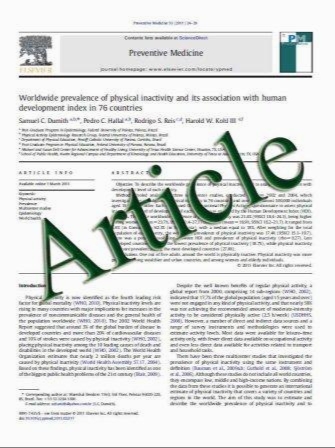Axillary lymph node dissection in early-stage invasive breast cancer: is it still standard today?
- نوع فایل : کتاب
- زبان : انگلیسی
- مؤلف : Bernd Gerber Kristin Heintze Johannes Stubert Max Dieterich Steffi Hartmann Angrit Stachs Toralf Reimer
- چاپ و سال / کشور: 2011
Description
Evaluation of axillary lymph node status by sentinel lymph node biopsy (SLNB) and complete axillary lymph node dissection (ALND) are an inherent part of breast cancer treatment. Increased understanding of tumor biology has changed the prognostic and therapeutic impact of lymph node status. Non-invasive imaging techniques like axillary ultrasound, FDG-PET, or MRI revealed moderate sensitivity and high specificity in evaluation of lymph node status. Therefore, they are not sufficient for lymph node staging. Otherwise, the impact of remaining micrometastases and even macrometastases for prognosis and treatment decisions is overestimated. Considering tumor biology, the distinction of axillary metastases in isolated tumor cells (ITC, pN0(i?)); micrometastases (pN1mi), and macrometastases (pN1a) is not comprehensible. Increasing data support the thesis that remaining axillary metastases neither increase the axillary recurrence rate nor decrease overall survival. It is doubtful that axillary tumor cells are capable to complete the complex multistep metastatic process. If applied, axillary metastases are sensitive to systemic treatment and are targeted by postoperative tangential breast irradiation. Therefore, the controversy about the clinical relevance of tumor cell clusters or micrometastases in SLN is a sophisticated but not contemporary discussion. Currently, there is no indication for axillary surgery in elderly patients with favorable tumors and clinically tumor-free lymph nodes. Nonetheless, a rational and evidence-based approach to the management of clinically and sonographically N0 patients with planned breast-conserving surgery and limited tumor size is needed now.
Breast Cancer Res Treat (2011) 128:613–624 Received: 16 December 2010 / Accepted: 16 April 2011 / Published online: 27 April 2011 Springer Science+Business Media, LLC. 2011


